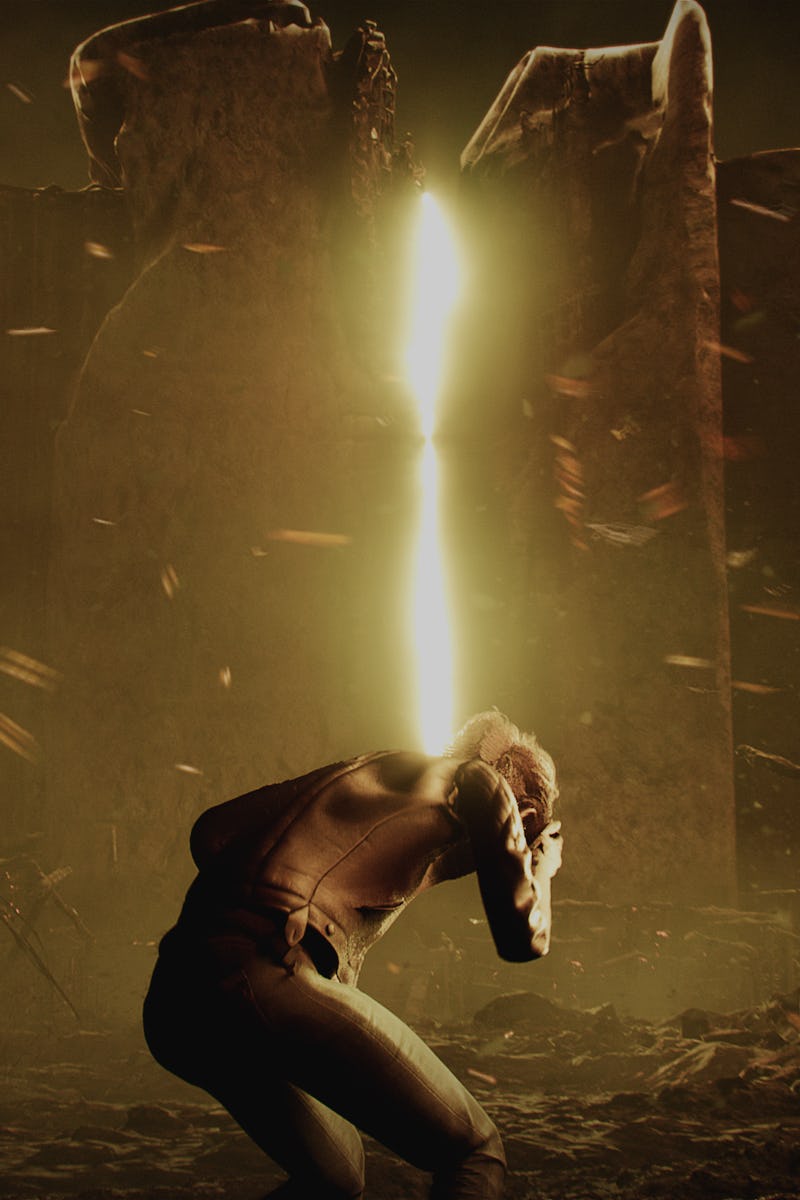
"It all starts with a dead girl."
'The Medium' game ending explained: What happened to Marianne?
The ending of Xbox Series X console exclusive 'The Medium' leaves a lot of questions, so we've broken down what they mean.
by Tomas FranzeseThe Medium is out now and features an intense horror story with lots of twists and turns. If you've completed the game after eight or so hours, you're probably wondering what that shocking and ambiguous ending means. The game resolves many of its biggest mysteries in the final hour but also proposes a lot of interesting questions.
If you're trying to make sense of The Medium, we've broken down its ending.
Spoilers for The Medium to follow.
The Context: The Medium's main character, Marianne, is initially led to the Niwa Hotel in order to learn more about her family history, the source of her mysterious powers that let her see both worlds at once, and the cause of a dream where she sees a girl get shot. Once she's there, she must survive encounters with The Maw, a powerful creature that wants to kill Marianne and acquire her power.
Over the course of her adventure, she learns that a mysterious girl in the Spirit World named Sadness is actually a young girl named Lillianne and that Thomas, the man who called her there, is also a Medium like Marianne who can exist in both worlds. Eventually, she learns that Thomas and Lillianne are her long lost father and sister.
After finding the charred remains of the house that Thomas and Lillianne used to live in, Marianne makes her way into an underground bunker. In there, she meets Thomas in the Spirit World. This is where the conversation framing the rest of The Medium takes place, and many of the game's biggest mysteries are clarified.
The Ending Revalations: Years ago, Thomas was separated from his Spirit self after he was captured by a KGB agent interested in his powers. As part of the torture, that agent set the house that Lillianne and Marianne were in on fire. When this happened, Lillianne called upon The Maw, a tormented part of her soul, to save her and Marianne's life.
That decision had a cost: The Maw would go on to massacre everyone at the Niwa Hotel and roam the material and spirit world in that area. Thomas decided to leave Marianne at the hospital after these events so she could have a normal life until she was inevitably drawn back to the Niwa Hotel.
Meanwhile, he locked Lillianne in an underground bunker as she was the source of The Maw's power. He could never bring himself to kill her. After all of this is revealed to Marianne, Spirit Thomas decides to hold off The Maw, seemingly sacrificing himself to protect Marianne. After this, Marianne emerges from the bunker on the path she remembers from her dreams.
There, she meets Lillianne. It soon becomes clear that Lillianne wants Marianne to kill her, as doing so would get rid of The Maw. This is the true meaning of "it all starts with a dead girl," which is a line that players hear multiple times over the course of the game. Marianne then suggests she kills herself as it would prevent The Maw from killing her and sustaining itself.
When confronted by The Maw in one of the game's most exciting Dual Reality sequences, Marianne points the gun to her head as The Maw and Lillianne both beg her to not do that. The final shot just shows Marianne's face before the game cuts to black and we hear a gunshot. A post-credit scene confirms that Spirit Thomas is still alive.
So what happens next?
Did Marianne kill herself and give Lillianne the chance to live a normal life? Would Lilianne even want that? That's one possibility. Alternatively, Marianne could've chosen to kill Lillianne, but that would come at the cost of permanently losing the family that she's wanted to have for so long and risked so much for over the course of the game.
Ultimately, The Medium's ending cuts to black and cops out of giving us a definitive answer, though Marianne killing herself would be the most chilling and thematically appropriate option. What do you think happened?
The Medium is available now for PC and Xbox Series X.
This article was originally published on